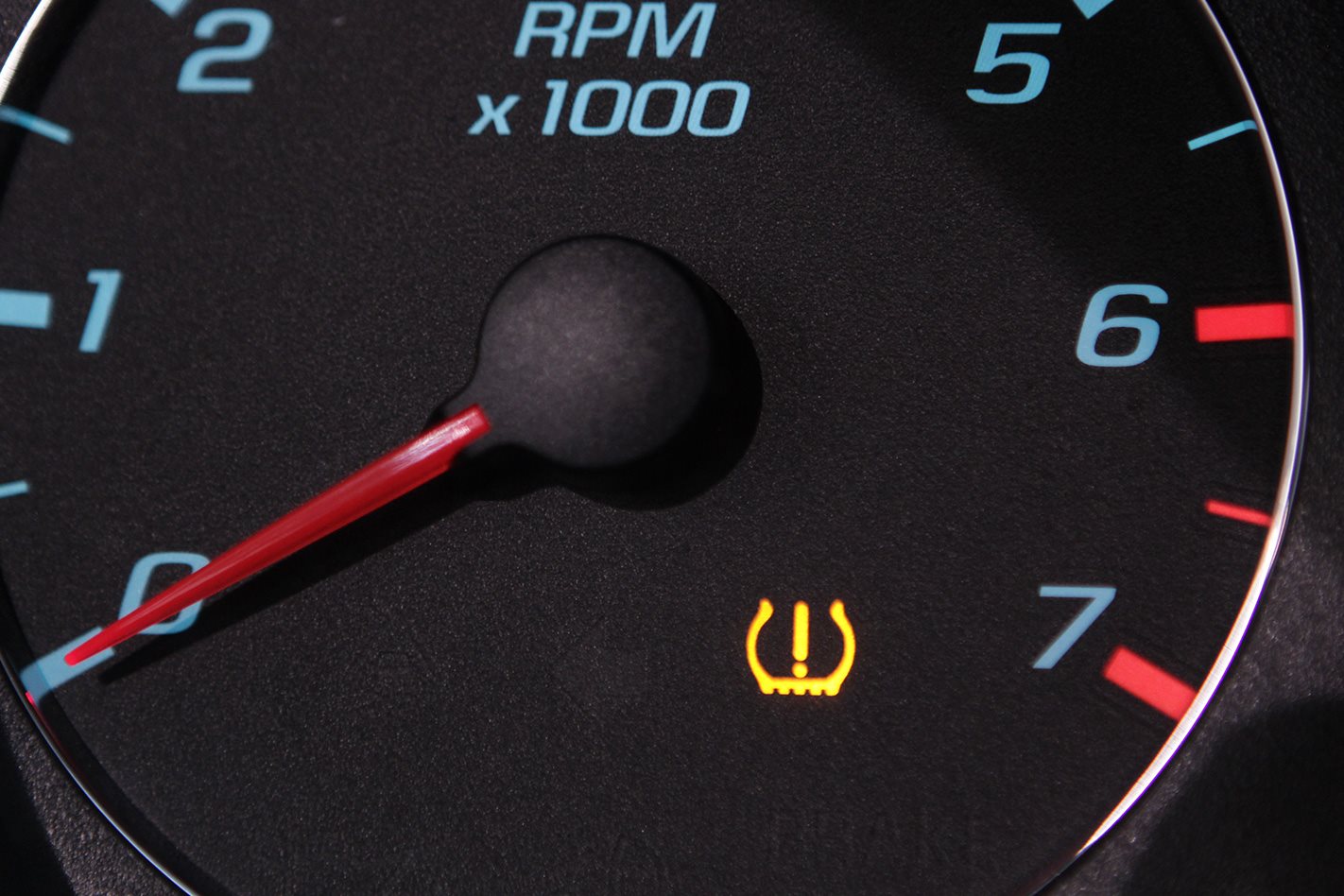
What does the tyre pressure warning light actually mean?
It looks like a horseshoe with an exclamation mark in it. What does it indicate and what should you do when it lights up or flashes?
Anyone who owns a car should know the importance of correct tyre inflation. Under-inflated tyres are a serious safety hazard that can cause unpredictable handling, or, worse, a blow-out at speed.
This is why many new cars are equipped with a tyre pressure monitoring system (TPMS) that’s designed to keep track of the air-pressure inside your tyres.
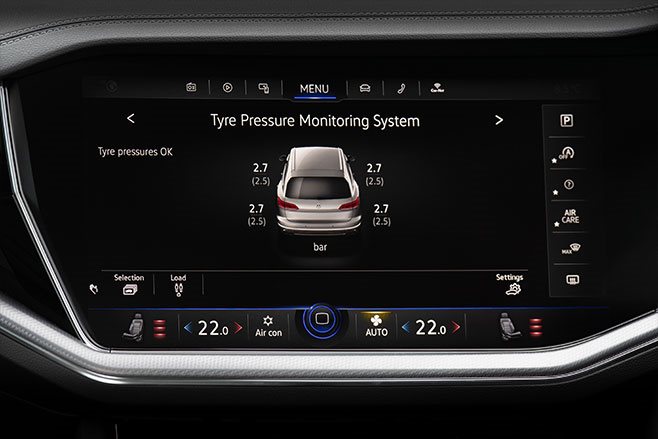
There are two kinds of TPMS, indirect and direct. Indirect TPMS doesn’t actually measure the air pressure in the tyre; instead it works out when pressure is low by using external signs such as individual wheel rotational speeds.
Direct TPMS uses pressure sensors on each wheel, either internal or external to measure tyre pressure.
By alerting you to low tyre pressure, either TPMS can help avoid excessive tyre wear, save fuel and prevent an accident. It does this via a dashboard light, which looks like an exclamation mark inside a horseshoe, or dashboard monitor display.
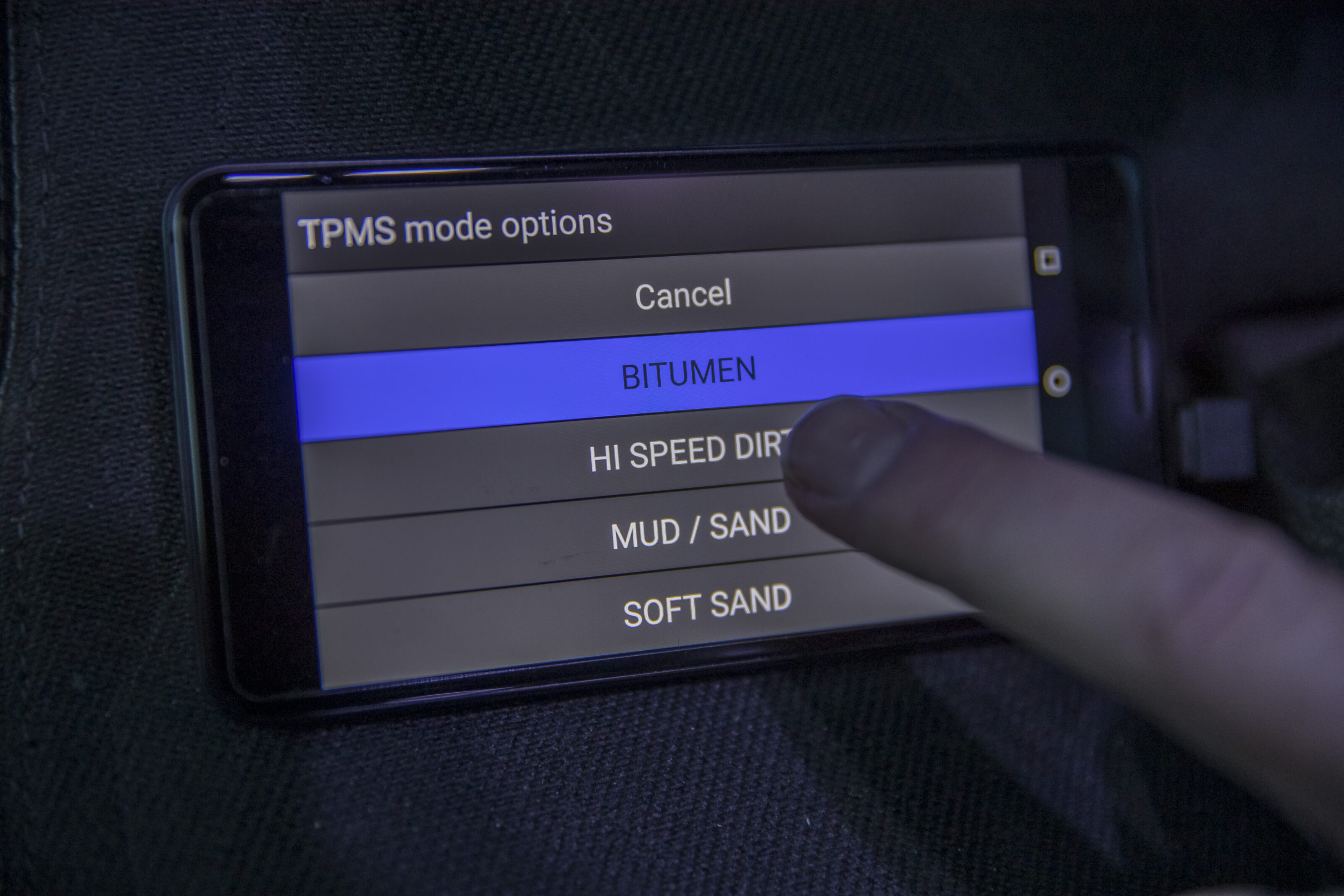
That said, you should regularly check your tyre pressure, as the TPMS only comes on when the pressure is too low, meaning the tyre may have already suffered adverse effects.
You can find the correct pressure from your tyre placard, which can be found inside the door jamb, behind the fuel filler cap or in the owner’s manual. While you’re at it make sure all the tyres are inflated correctly.
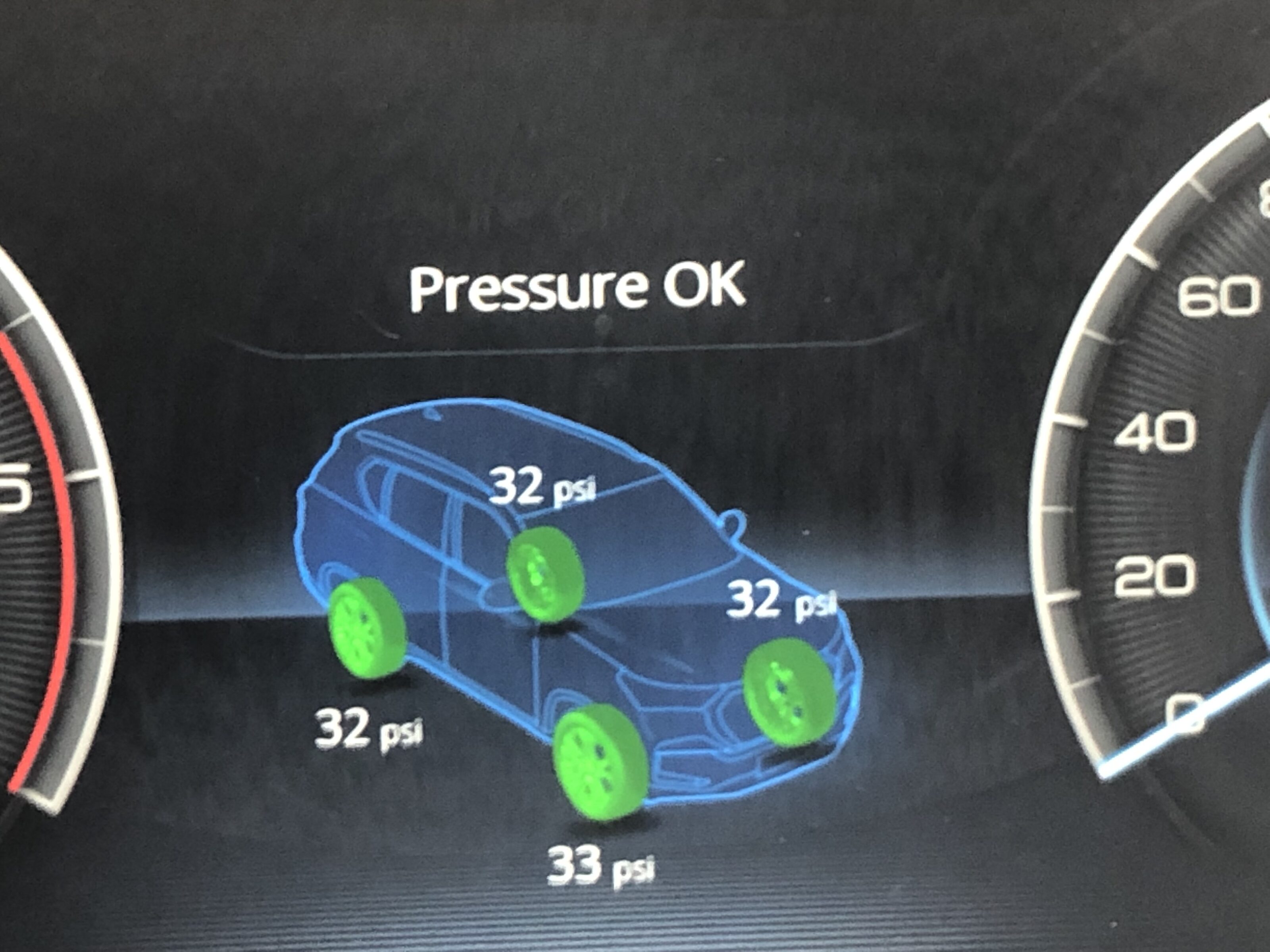
What to do when TPMS detects low pressure
Your TPMS has various illumination patterns that mean different things.
- If the light illuminates and stays on, the TPMS is telling you that at least one of your tyres is at a low pressure level. Check your tyres pressures soon as possible. The tyre in question may not appear flatter than the others so check the pressure of all the tyres with an accurate gauge. Once you identify which tyre is flatter try to work out the reason for the pressure loss. If there’s no apparent cause and no rapid air loss it might just have been a gradual air loss. See how you go, but if it goes flat again take it to a tyre store for further investigation. If the tyre looks very flat it probably means you have a puncture meaning you’ll have to change it.
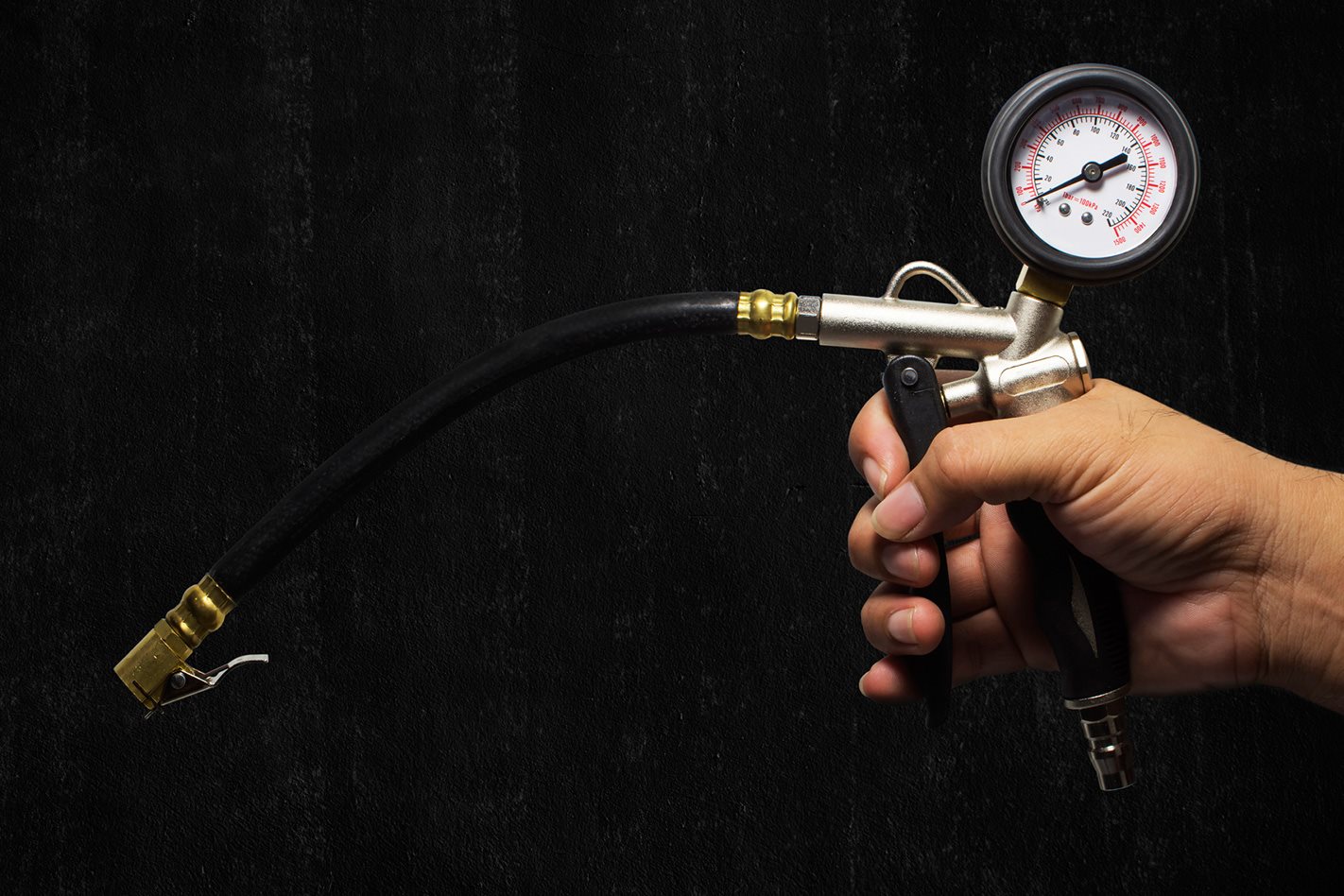
- If the light goes on and off again, it’s likely due to changing tyre temperatures. As the air in the tyre heats up and expands, the pressure increases. This means the pressure might be low when you start the car, causing the light to go on, but then the tyre gets to the correct level as it heats up with friction. Treat this as an early warning sign and try to check your tyre pressures before they get too warm.
- If the light flashes for about a minute when you start your car and remains on, this means the TPMS sensor has a fault. You’ll need to get this checked by your service centre or mechanic. If your next service isn’t too far away it could wait till then, just be sure to regularly check your tyres in the meantime.



